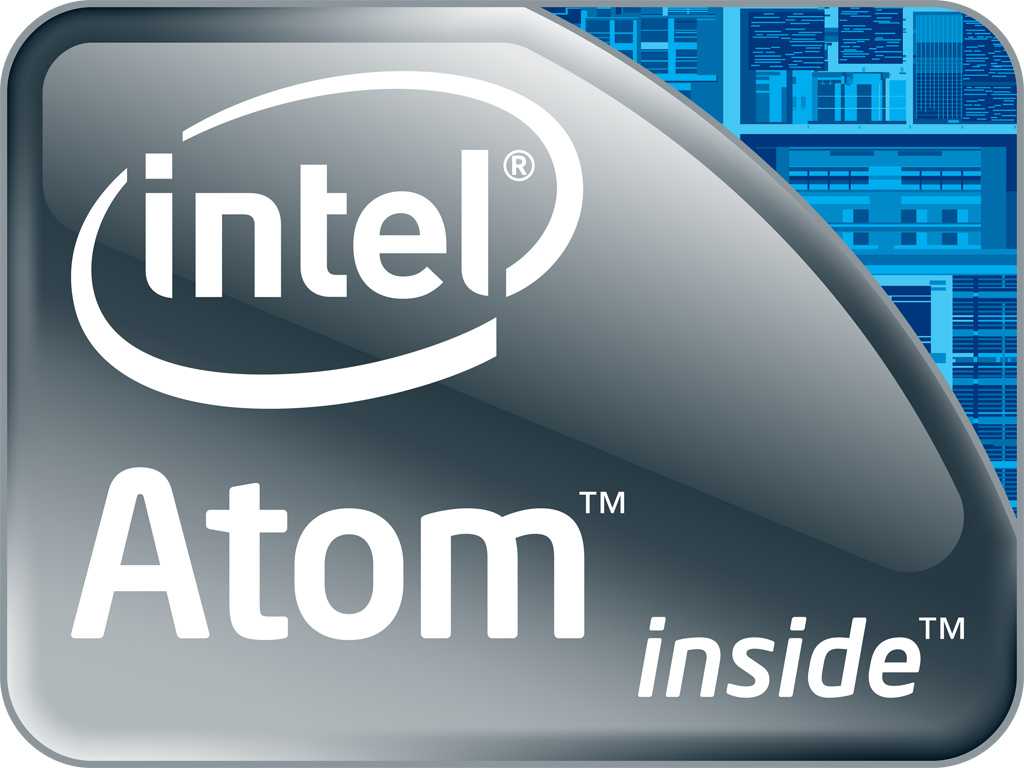Intel announces dual-core Atom for phones
Follows up single core Medfield reveal last month

Intel has announced a major overhaul of its Medfield smartphone processor platform here at MWC 2012, adding two new Atom chips to its line-up.
The Atom Z series, which was unveiled at CES 2012, previously only featured the Z2460. That was a single-core chip based on the 32nm Penwell architecture famous for powering phones, tablets, low-cost PCs, netbooks and nettops.
The silicon giant has now added two more chips to its line-up, the dual-core Atom Z2580 and a low-cost Z2000, which is aimed at emerging markets.
Two-core hyperthreading
The Atom Z2580 features two cores that run at an improved 1.8GHz, but most importantly, has 4 hyperthreads, which act as virtual cores, enabling better performance when multitasking. While it's not a quad-core processor, hyperthreading enables the processor to split its power effectively, designating one thread to any given task.
Intel will hope that its hyperthreading capabilities can offset the gains made by Nvidia and ARM on the swathes of quad-core handsets that have been announced at this year's Mobile World Congress, such as the HTC One X and the Huawei Ascend D1, while delivering better battery life and power efficiencies.
Those power savings chiefly come thanks to the 32nm architecture, which enables the chip to run more efficiently than rivals using larger dies. With ARM Cortex A9, the chip at the heart of Tegra 3, running at 40nm, Intel-based handsets has the ability to make real gains in battery life, and still deliver top notch performance for media and games.

Aside from raw processing power, the Atom Z2580 has a dual-core graphics core clocked at 533MHz built into the Penwell SoC architecture, and 4G LTE.
Sign up for breaking news, reviews, opinion, top tech deals, and more.
Medfield's original single-core release raised questions about Intel's ability to compete, and the likes of Nvidia have been keen to shout that more cores equal more power. However, benchmarks of the original Z2480 processor have shown that not to be the case. Medfield's smart throttling of power, large dynamic range, and burst modes for intense work-loads revealed huge gains in terms of power efficiency and battery life.

Intel will be hoping that their dual-core update can retain the efficiencies of the original Medfield chip, and compete with the likes of Tegra 3 in terms of processing power.
The Z200 uncovered
The Z2580 has also been accompanied by a low-power Z2000, which should bring the technology of the original Atom Z Series to the developing market.
The Z2000 is essentially a hobbled version of the original Z2460, featuring a single-core 1GHz Atom processor, supporting a 300MHz graphics core, 720p playback and up to 8MP rear facing camera.
The sub-$200 market is a huge opportunity for Intel to make a serious play, in a space which is dominated by some pretty poor offerings. Most of the low-cost handsets by the likes of ZTE, Huawei and Lenovo use ARM 9 and ARM 11 chips, and the emergence of a 32nm Intel processor into this space could make a huge difference in terms of market share.
Intel hopes to have its new Z2580 and Z2000 Atom chips into smartphones by mid-2012.